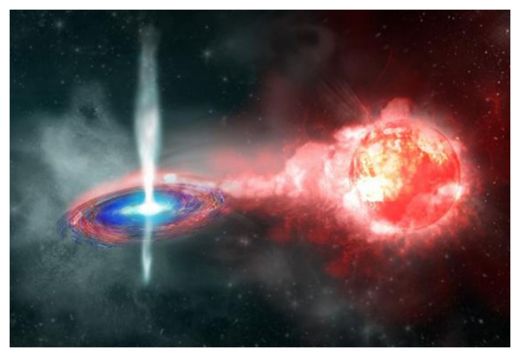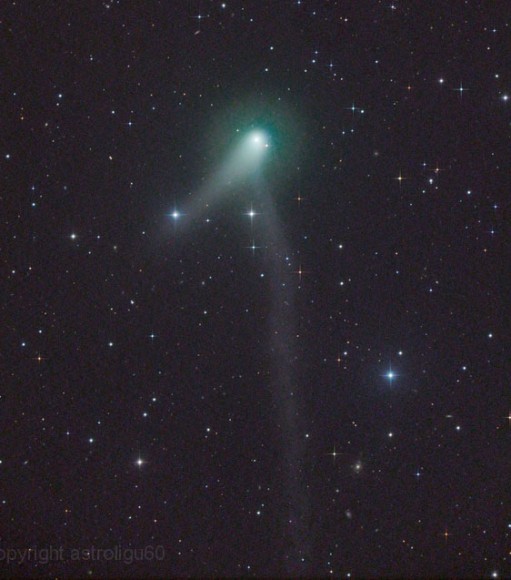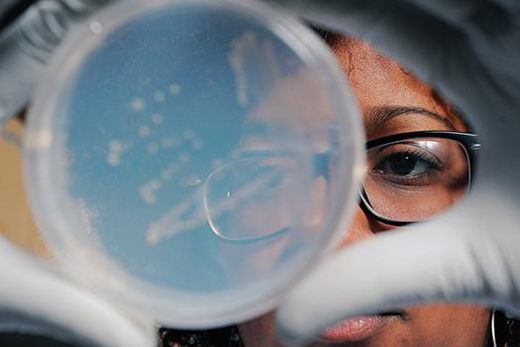
© Kavli IPMU Artist's conception of Type Ia Supernova.
Four years ago a team of scientists observed a supernova -
PS1-10afx - shining brighter than any other in its class. Reporting the observation last year in the
Astrophysics Journal Letters, University of Tokyo researchers said they had discovered the first Type Ia Supernova (SNIa) that exploded more than nine billion years ago.
Now, the same team of researchers, led by
Robert Quimby, of the University of Tokyo's Kavli Institute for the Physics and Mathematics of the Universe, said the exceptionally bright supernova they reported in 2013 is so luminous because a lens in the sky amplified its light. The discovery settles an important controversy in the field of astronomy.
"PS1-10afx is like nothing we have seen before," said Quimby.
Its exceptional glow was very puzzling, leading some to conclude it was a new type of extra-bright supernova, while others suggested it was a normal SNIa magnified by a lens in the form of a massive object, such as a nearby supermassive black hole.
"The team that discovered it," Quimby said, "proposed that it was a new type of supernova, one that no theory predicted."
The PS1-10afx supernova is 30 times brighter than any supernova found before it and the research team now say this SNIa is the first example of strong gravitational lensing of a supernova, confirming the team's previous explanation for the unusual properties of this supernova.
The team's research has further shown that such discoveries of SNIa can be made far more common than previously thought possible.



Comment: See more about the possibility of new pathogens arriving on Earth via cometary dust.
New Light on the Black Death: The Cosmic Connection